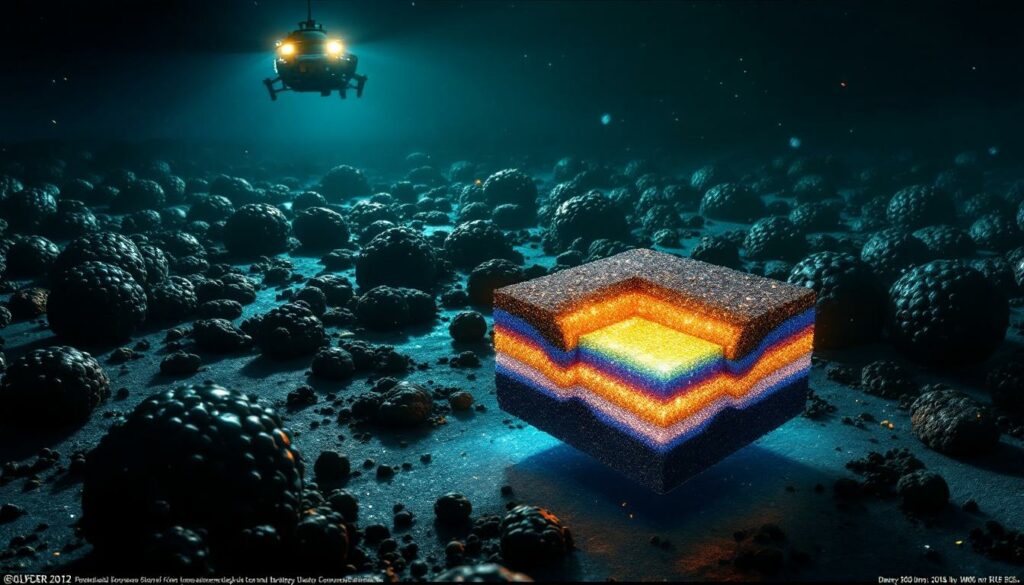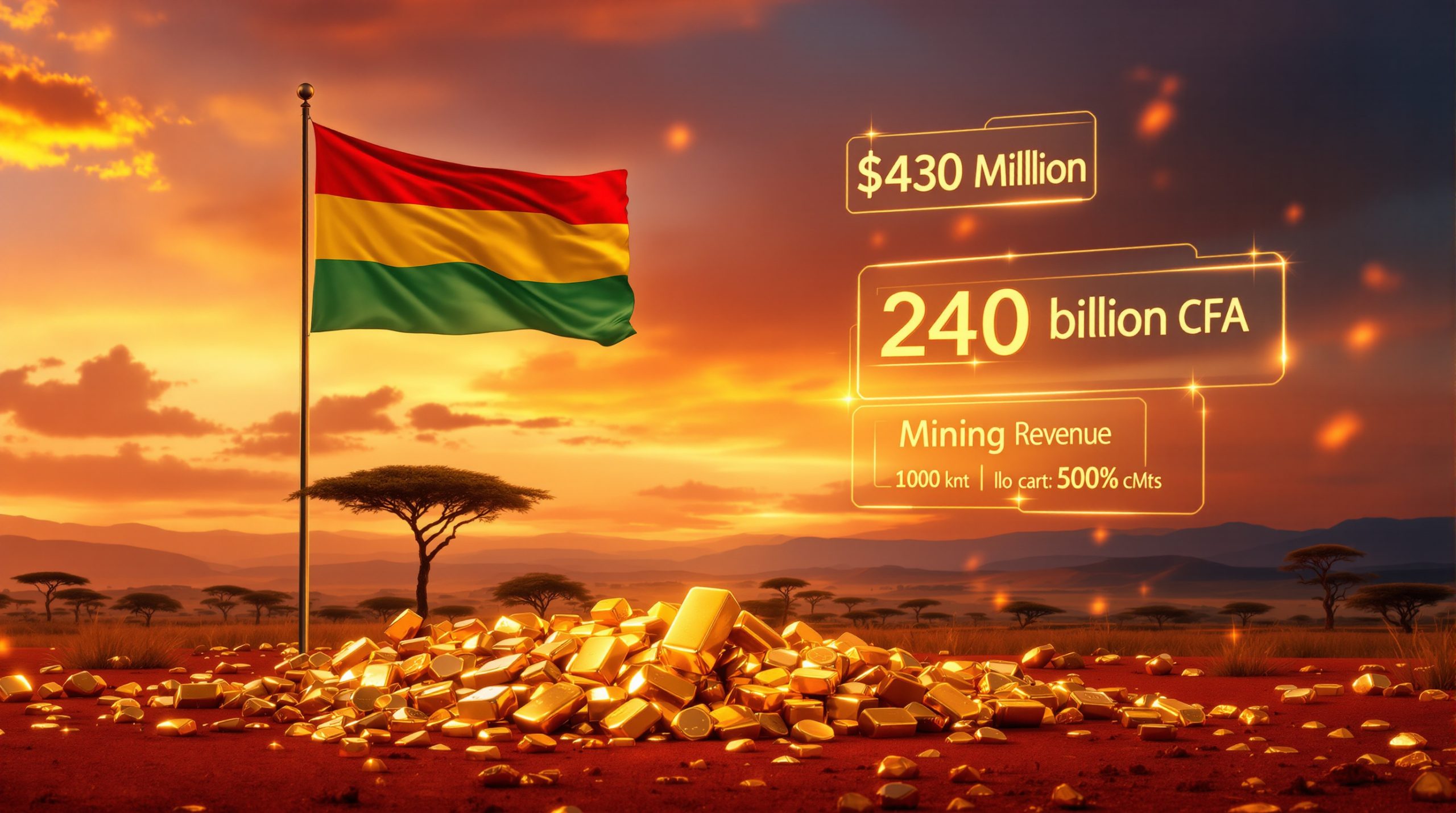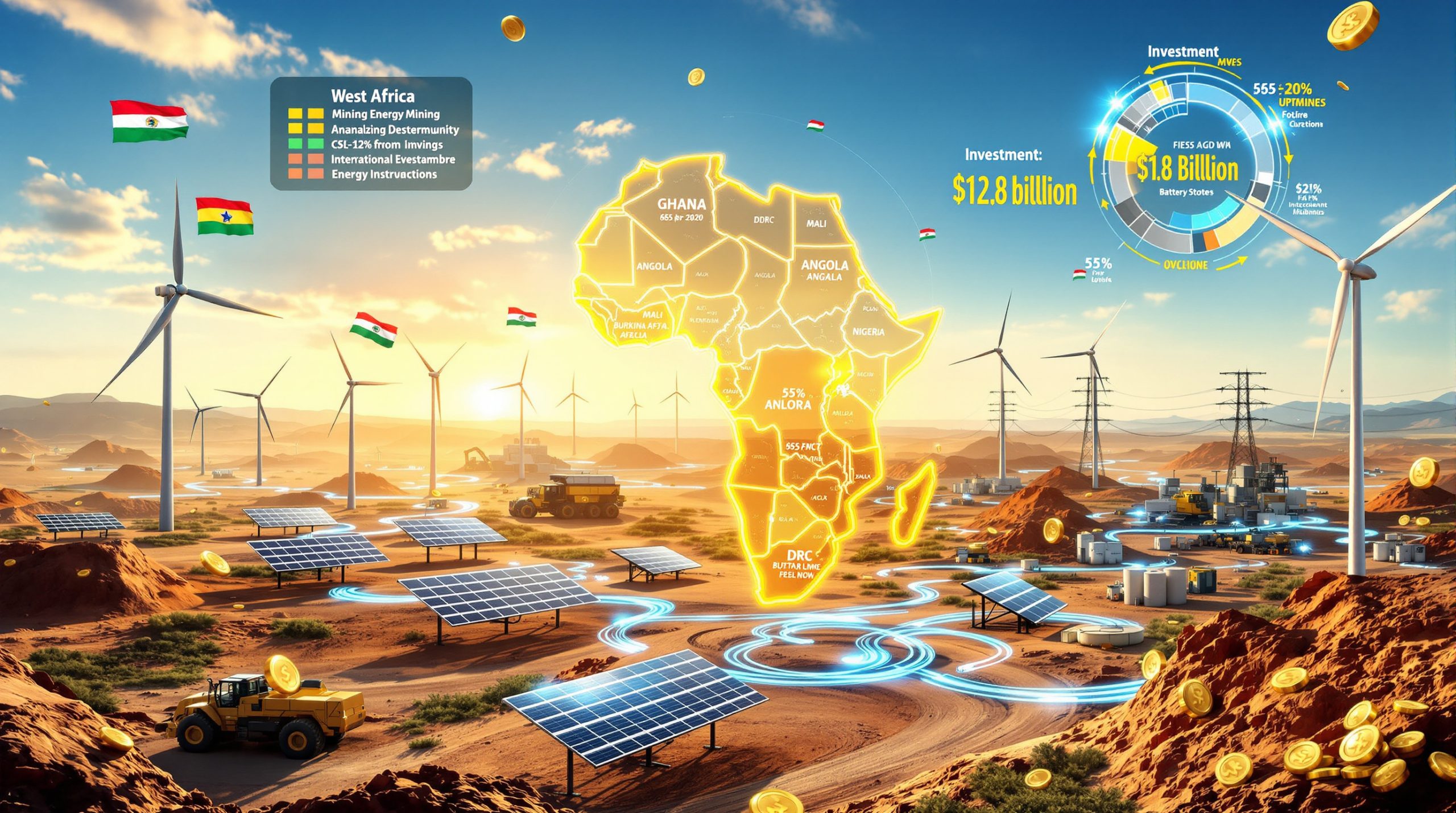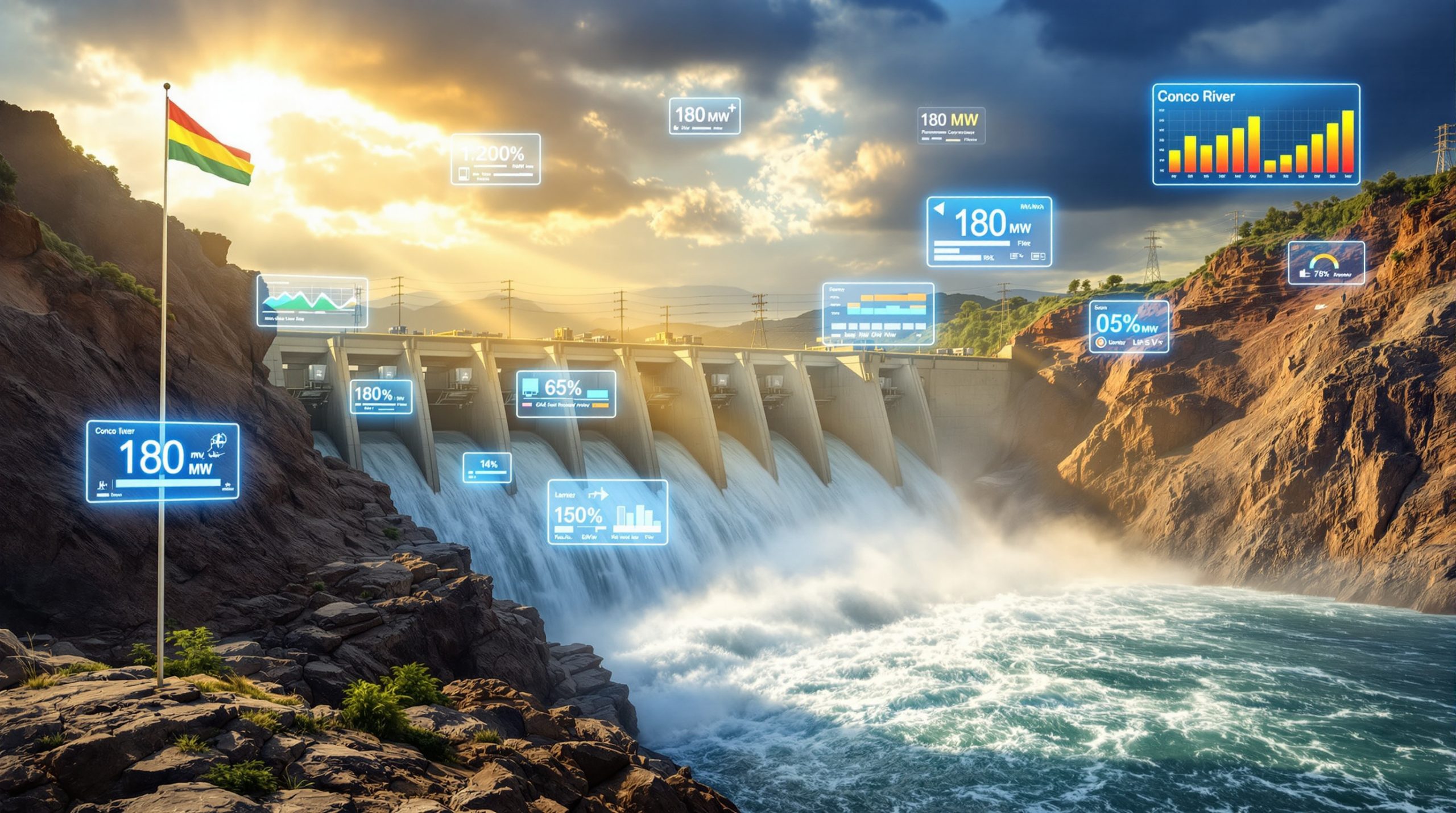What is a Pre-Feasibility Study for Deep-Sea Mining Projects?
A pre-feasibility study (PFS) represents a critical milestone in mining project development, serving as a comprehensive technical and economic assessment before significant capital investment. For deep-sea mining ventures specifically, this crucial evaluation bridges the gap between preliminary economic assessments and detailed feasibility studies, offering stakeholders essential insights into project viability with approximately ±20-25% cost accuracy.
The Role of Pre-Feasibility Studies in Mining Development
Pre-feasibility studies serve as a decisive checkpoint in the mining development timeline, positioned strategically between conceptual studies and bankable feasibility work. They provide the first rigorous evaluation of whether a resource can be economically extracted and processed under current market conditions.
A well-executed PFS delivers sufficient confidence for investors and company boards to make informed decisions about advancing projects to the next development phase. Unlike preliminary assessments, a PFS requires substantiated engineering work and more advanced resource classification, making it a significant step toward establishing project credibility.
"A pre-feasibility study transforms promising geology into potential business opportunities by quantifying both technical viability and economic potential with reasonable confidence."
The primary objectives of a mining PFS include:
- Confirming technical viability of the proposed extraction and processing methods
- Establishing preliminary capital and operating cost estimates (typically ±20-25%)
- Identifying major project risks requiring mitigation
- Defining additional work required before final investment decisions
- Supporting potential reserve declarations when appropriate
Key Components of Mining Pre-Feasibility Studies
Pre-feasibility studies for deep-sea mining projects contain specialized components that address the unique challenges of marine resource development:
Resource Evaluation and Classification
- Detailed geological assessment of seafloor nodule distribution
- Resource classification based on sampling density and confidence levels
- Grade and tonnage estimations with statistical confidence intervals
- Delineation between measured, indicated, and inferred resources
Technical Design Elements
- Preliminary engineering for collection and vertical transport systems
- Vessel requirements and specifications
- Processing flowsheet development
- Infrastructure and logistics planning
Economic Analysis Frameworks
- Capital expenditure estimates for vessels, equipment, and infrastructure
- Operating cost projections for collection, transport, and processing
- Revenue forecasting based on metal recovery and market pricing
- Financial modeling including NPV, IRR, and sensitivity analysis
Risk Assessment Dimensions
- Technical risks related to deep-sea operations
- Environmental and regulatory uncertainty evaluation
- Market and pricing volatility considerations
- Geopolitical and jurisdictional risk factors
A thorough PFS typically requires 12-18 months to complete and represents a significant investment, but provides the foundation for all subsequent development decisions and financing activities.
How Does the NORI-D Project Break New Ground in Mining?
The NORI-D Polymetallic Nodule Project represents a paradigm shift in mining approaches, targeting resources that lie unattached on the ocean floor rather than embedded in terrestrial rock formations. This fundamental difference creates both unique opportunities and challenges for resource development.
Project Overview and Significance
The NORI-D project has achieved a historic milestone as the first deep-sea mining venture to declare probable mineral reserves for polymetallic nodules. This breakthrough announcement signals a transition from theoretical potential to commercially viable development planning for seabed resources.
Located in the Clarion Clipperton Zone (CCZ) of the Pacific Ocean, the project is being developed by TMC (The Metals Company) with an innovative phased approach starting with the Hidden Gem vessel. The pre-feasibility study for NORI-D polymetallic nodule project, prepared in compliance with Subpart 1300 of SEC Regulation S-K, represents the first time deep-sea nodules have achieved probable reserve status—a classification requiring demonstration of both economic viability and technical feasibility.
As confirmed by TMC's Chairman and CEO Gerard Barron: "The PFS takes our NORI-D Project economics up the confidence curve and contains the declaration of mineral reserves – these are our first 50+ million tonnes with a potential commercially viable path to production."
This declaration establishes a critical precedent for the emerging deep-sea mining industry and validates years of exploration, environmental research, and technology development. The project's significance extends beyond its immediate commercial potential to potentially reshaping critical mineral supply chains globally.
The Clarion Clipperton Zone: A Unique Resource Environment
The CCZ represents one of Earth's most unusual mineral formations—a vast abyssal plain scattered with polymetallic nodules containing critical battery metals. Unlike conventional deposits requiring extensive drilling and blasting, these nodules form naturally on the seafloor through extraordinary geological processes:
Formation Process and Characteristics:
- Nodules develop through the precipitation of metals from seawater around a nucleus (often a shark tooth or rock fragment)
- Growth occurs at extraordinarily slow rates—approximately 1-10mm per million years
- Typical nodules measure 1-15cm in diameter with a potato-like appearance
- Formation requires specific environmental conditions including low sedimentation rates and oxygen-rich bottom waters
Resource Distribution and Density:
- The CCZ spans approximately 4.5 million square kilometers between Hawaii and Mexico
- Nodule abundance varies significantly, with economically interesting areas containing 10-15 kg/m²
- Water depths typically range from 4,000-6,000 meters below sea level
- The NORI-D area represents one of the higher-grade portions of the CCZ
Mineral Composition and Strategic Value:
- Nodules contain nickel (1.1-1.5%), copper (0.9-1.3%), cobalt (0.1-0.3%), and manganese (25-30%)
- These four metals occur together in a single resource—unique compared to terrestrial deposits
- All four metals are critical for energy transition minerals
- Manganese content is particularly significant, representing a potential source of high-purity material
The extraordinary concentration of multiple critical minerals in a single resource, combined with their surface-lying nature, creates fundamentally different extraction economics compared to conventional mining. This unique geological setting enables the innovative collection approach proposed in the NORI-D pre-feasibility study.
What Are the Key Economic Findings from the NORI-D Pre-Feasibility Study?
The NORI-D pre-feasibility study provides unprecedented economic insights into deep-sea nodule project development, establishing benchmark metrics for this emerging industry. The financial projections suggest potential for significant returns, though balanced against the technical challenges and pioneering nature of the venture.
Financial Projections and Valuation
The PFS reveals compelling economic potential for the NORI-D project, with TMC's CEO Gerard Barron highlighting: "The combined net present value of $23.6bn of the two studies should give investors a better idea of the economic potential of our total estimated resource."
This substantial valuation reflects several key financial parameters:
- Combined NPV: $23.6 billion across all TMC's estimated resources
- Initial Capital Requirements: $113 million from each partner (TMC and Allseas)
- Production Timeline: First commercial production targeted for Q4 2027
- Reserve Declaration: First 50+ million tonnes declared as probable mineral reserves
The economic assessment incorporates multiple metals recovery (nickel, copper, cobalt, and manganese) and accounts for collection, vertical transport, and processing costs in its financial modeling. While specific return metrics such as IRR and payback period weren't detailed in the available information, the substantial NPV indicates strong projected financial performance.
These economic projections have already attracted strategic investment, validating the commercial potential identified in the study. The financial parameters balance the higher operational costs of deep-ocean collection against the advantages of accessing surface-lying nodules containing multiple critical metals.
Development Strategy and Phasing
The NORI-D project employs a thoughtfully structured phased development approach designed to manage capital risk while systematically scaling operations:
Initial Production Vessel: Hidden Gem
- Conversion of existing drillship to nodule collection vessel
- Deployment of purpose-designed seafloor collection system
- Establishment of vertical transport system for nodule retrieval
- Target production commencement in Q4 2027
Strategic Partnership Structure
- $113 million capital contribution each from TMC and Allseas
- Allseas providing specialized marine engineering expertise
- TMC managing resource development and regulatory processes
- Shared development risk through collaborative financing model
As detailed by CEO Gerard Barron: "The phased project development plan will target initial production from the Hidden Gem vessel, with an estimated $113m of development capital expenditure each from TMC and Allseas. First production is targeted for Q4 2027."
This phased approach allows for operational learning, environmental monitoring, and market development before committing to full-scale production. The strategy mitigates financial risk by limiting initial capital deployment while establishing the operational viability of the collection system—a prudent approach for pioneering technology in challenging deep-ocean environments.
The development timeline aligns with projected supply deficits for battery metals, positioning NORI-D to potentially enter production during a period of strong market demand for its target metals.
What Technical Innovations Enable Deep-Sea Nodule Collection?
The NORI-D project's technical feasibility hinges on several groundbreaking innovations that address the unique challenges of operating at 4,000-6,000 meters below sea level. These engineering solutions have been developed specifically for polymetallic nodule collection in deep-ocean environments.
Collection Systems and Methodology
The NORI-D pre-feasibility study incorporates specialized seafloor collection technology designed to efficiently recover nodules while minimizing environmental disturbance:
Seafloor Collection Technology
- Remotely operated vehicle (ROV) with purpose-designed collection heads
- Selective nodule collection systems to minimize sediment disturbance
- Hydraulic pickup mechanism to separate nodules from seafloor
- Real-time monitoring systems for operational and environmental parameters
Nodule Retrieval Process
- Separation of nodules from sediment through specialized screening systems
- Limited processing conducted on seafloor to reduce vertical transport requirements
- Collection pattern optimization to maximize resource recovery efficiency
- Adaptive collection techniques based on nodule density variations
Vertical Transport System
- Riser system to transfer nodules from seafloor to surface vessel
- Hydraulic lift technology to overcome extreme depth challenges
- Energy-efficient pumping systems to minimize operational costs
- Specialized materials to withstand pressure, corrosion, and fatigue stresses
Operational Challenges and Solutions
- Remote operations at extreme depths requiring specialized equipment
- Weather-dependent surface operations requiring operational flexibility
- Maintenance access limitations requiring redundant systems
- Navigation and positioning at depth requiring advanced technologies
The Hidden Gem vessel will serve as the platform for these collection operations, having been specifically modified for nodule retrieval. The vessel provides the necessary power generation, positioning systems, processing capacity, and crew accommodations to support sustained deep-sea collection activities.
Processing and Metallurgical Considerations
The processing of polymetallic nodules presents unique metallurgical challenges compared to conventional ores, requiring innovative approaches to efficiently recover multiple metals:
Onboard Processing
- Initial dewatering and physical separation systems
- Primary crushing and screening facilities
- Temporary storage systems for nodule concentrate
- Transfer systems for offloading to transport vessels
Metallurgical Approach
- Hydrometallurgical processing preferred over pyrometallurgical routes
- Sequential leaching to recover different metals from single feed material
- Specialized reagent selection for optimal metal recovery
- Process adaptations for high manganese content compared to terrestrial ores
Recovery Efficiency
- Target recovery rates for nickel, copper, and cobalt exceeding 85%
- Manganese recovery as separate value stream
- Optimization for battery-grade material production
- Waste minimization through comprehensive metal extraction
Product Streams
- Intermediate products for further refining
- Potential for direct battery precursor material production
- Multiple payable metal streams from single resource
- Flexibility to adjust product specifications for different markets
The integrated collection and processing system designed for the NORI-D project represents a significant departure from conventional mining technology, purpose-built for the unique characteristics of deep-sea nodules. These innovations address the fundamental challenges of nodule collection while establishing the technical foundation for economic recovery of these strategic resources.
How Does the Project Address Environmental Considerations?
Environmental stewardship represents a cornerstone of the NORI-D project development strategy, with comprehensive assessment, monitoring, and mitigation protocols designed specifically for deep-sea ecosystems. The project's approach recognizes the unique sensitivities of abyssal habitats and incorporates specialized environmental management frameworks.
Environmental Impact Assessment Framework
The NORI-D project incorporates a multi-faceted environmental assessment methodology designed to establish comprehensive baseline conditions, model potential impacts, and implement appropriate monitoring systems:
Baseline Studies
- Multi-year benthic habitat characterization surveys
- Water column physical and chemical parameter mapping
- Biodiversity assessment using visual and DNA-based techniques
- Ecosystem function and food web relationship analysis
Impact Modeling
- Computational fluid dynamics modeling of sediment plumes
- Sound propagation assessment for collection operations
- Habitat disturbance quantification through GIS mapping
- Cumulative impact analysis across spatial and temporal scales
Monitoring Systems
- Autonomous underwater vehicles for seafloor monitoring
- Continuous water column sampling for suspended sediment
- Real-time operational parameter tracking for adaptive management
- Long-term environmental observatory stations in collection areas
Assessment Standards
- Alignment with developing International Seabed Authority regulations
- Application of precautionary approach principles
- Transparent data sharing with scientific community
- Independent scientific review of monitoring methodologies
These comprehensive assessment frameworks establish the foundation for environmentally responsible operations, providing the data necessary for adaptive management and continuous improvement of collection practices.
Mitigation Strategies and Commitments
The project incorporates multiple mitigation approaches designed to minimize potential environmental impacts across all operational phases:
Equipment Design
- Collection heads engineered to minimize sediment disturbance
- Nodule-selective collection systems to reduce benthic impacts
- Controlled ascent systems to manage water column effects
- Noise-reduction technologies for underwater equipment
Operational Protocols
- Speed limitations to reduce sediment resuspension
- Collection pattern optimization to maintain habitat corridors
- Temporal restrictions during sensitive biological periods
- Real-time adjustment capabilities based on environmental monitoring
Preservation Areas
- Set-aside reference zones with similar ecological characteristics
- Habitat preservation corridors between collection areas
- Gradient design to maintain ecosystem connectivity
- Representation of all habitat types within preservation network
Restoration Research
- Investigation of natural recovery processes
- Exploration of potential recolonization acceleration methods
- Long-term monitoring of recovery trajectories
- Adaptive management based on recovery observations
While CEO Gerard Barron has emphasized TMC's commitment to "responsible production," addressing deep-sea mining concerns has been a priority throughout the development process. The company's approach to environmental management has consistently emphasized comprehensive assessment, monitoring, and adaptive management as core principles.
The project's environmental frameworks reflect the evolving understanding of deep-sea ecosystems and incorporate emerging best practices for resource development in these sensitive habitats. These approaches will continue to evolve as both the regulatory framework and scientific understanding of deep-sea environments advance.
What Regulatory Frameworks Apply to the NORI-D Project?
The NORI-D project operates within a complex multi-jurisdictional regulatory landscape that includes both international and national frameworks. Navigating these regulatory requirements represents a critical aspect of project development and involves engagement with multiple governmental and intergovernmental organizations.
International Seabed Authority Framework
The International Seabed Authority (ISA) serves as the primary regulatory body for activities in international waters beyond national jurisdiction, establishing the overarching framework for deep-sea mining:
Exploration Contract Status
- Contractors require sponsorship from ISA member states
- Exploration contracts typically span 15 years with potential extensions
- Contracts include specific work programs and reporting requirements
- Environmental baseline studies mandated during exploration phase
Exploitation Regulations
- Draft exploitation regulations currently under development
- Proposed framework includes production limits and environmental controls
- Financial terms include royalty payments to ISA
- Environmental impact assessment and management plan requirements
Environmental Requirements
- Baseline environmental studies over multiple years
- Regional environmental management plans for CCZ
- Environmental impact assessment for commercial activities
- Monitoring programs throughout operational period
Financial Regime
- Payment system for commercial recovery activities
- Benefit-sharing mechanism for international community
- Performance guarantees and insurance requirements
- Closure and post-closure financial assurance provisions
While specific details regarding NORI-D's status within the ISA framework weren't available in the provided information, the international regulatory context represents a critical consideration for project development.
United States Regulatory Process
In addition to international frameworks, the NORI-D project is pursuing permits under United States regulatory mechanisms, as outlined in the PFS announcement:
Deep Seabed Hard Mineral Resources Act
- TMC USA submitted application in April 2025
- Application includes commercial recovery permit request
- Two mining exploration licenses also submitted
- Regulatory review process typically includes multiple federal agencies
Commercial Recovery Permit Requirements
- Detailed mining plan submission
- Environmental impact statement preparation
- Financial responsibility demonstration
- Compliance with international obligations
Exploration Licenses
- Defines specific geographic areas for exploration activities
- Limited-scale recovery for testing purposes
- Environmental monitoring requirements
- Regular reporting obligations
Environmental Compliance Standards
- National Environmental Policy Act (NEPA
Ready to Stay Ahead of the Next Major Mineral Discovery?
Discover how the proprietary Discovery IQ model instantly alerts investors to significant ASX mineral discoveries, turning complex data into actionable insights. Explore historic discoveries and their substantial returns by visiting Discovery Alert's dedicated discoveries page and begin your 30-day free trial today to gain a market-leading advantage.




